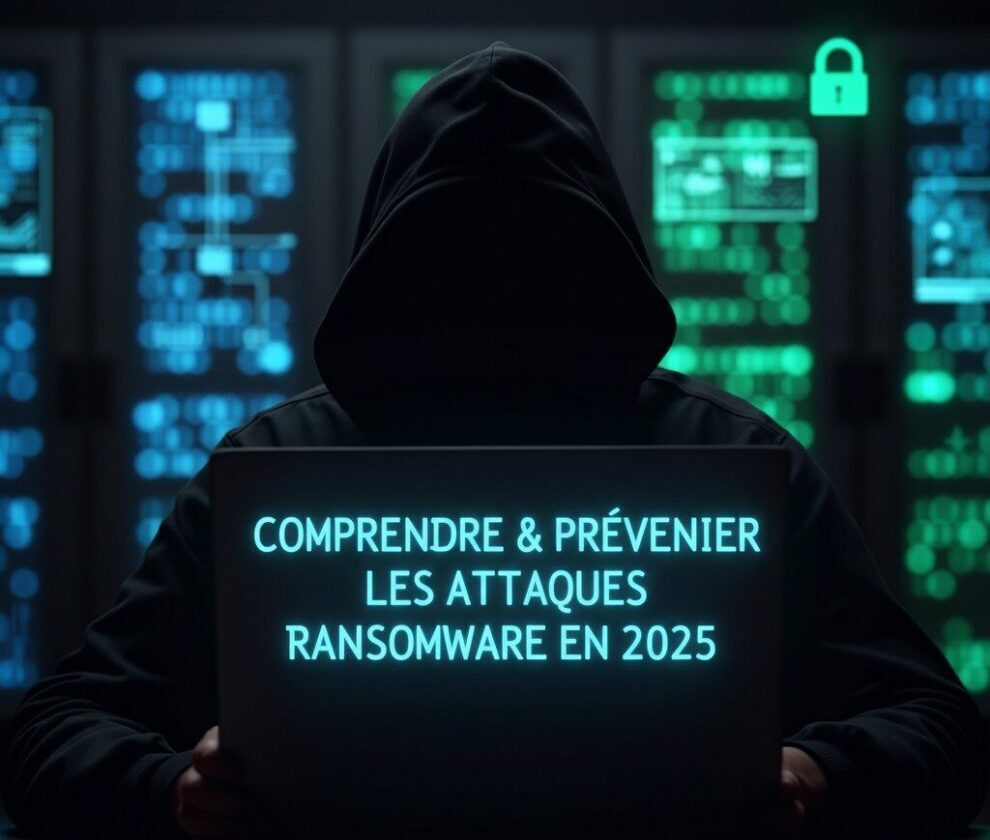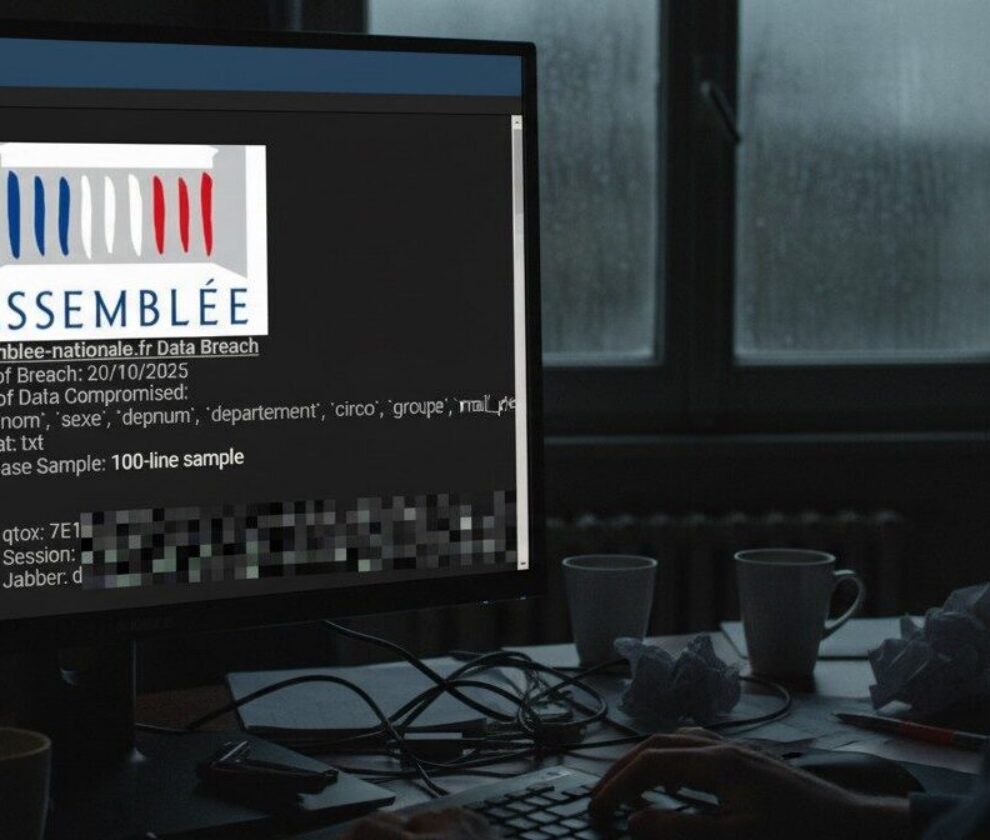Ransomware attacks have surged in recent years, presenting substantial risks for businesses across all industries and sizes. These types of cyberattacks involve malicious software that encrypts a company’s critical systems or files, holding them hostage in exchange for a ransom. Cybercriminal groups like Stormous are notorious for exploiting vulnerabilities, targeting companies, and forcing them into difficult decisions. Protecting your business requires not only proactive strategies but also awareness among your employees, making cybersecurity an essential focus for modern organizations.
What Is a Ransomware Attack?
A ransomware attack is a form of cybercrime where malicious actors gain access to an organization’s systems and encrypt important data. Victims are then required to pay a ransom to regain access to their data, often via cryptocurrencies, which are harder to trace. Failure to meet these demands can lead to the permanent loss of critical files or their public release.
How Does Ransomware Spread?
Ransomware infiltrates systems through a variety of methods, including:
- Email Phishing: Fraudulent emails trick users into downloading malware.
- Unpatched Software: Exploiting outdated software vulnerabilities.
- Compromised Websites: Malicious code embedded in websites.
Each of these methods demonstrates the importance of having a fortified cybersecurity framework and vigilant employees who can identify potential threats.
The Consequences of a Ransomware Attack
The impacts of a ransomware attack can be devastating. These include:
- Financial Losses: Paying the ransom, recovering data, and addressing operational downtime can cost millions.
- Reputational Damage: Customers’ trust may erode, as their personal data could be compromised.
- Legal Consequences: Non-compliance with GDPR or other privacy regulations may lead to lawsuits or penalties.
Given these harsh realities, prevention is undeniably more effective and affordable than dealing with the aftermath of an attack.
Best Practices to Prevent Ransomware Attacks
1. Employee Training and Awareness
Your employees are your first line of defense. Conducting regular training sessions on identifying phishing attempts and practicing good digital hygiene significantly reduces the chances of an accidental malware download.
2. Update Systems and Software
One of the easiest ways attackers infiltrate businesses is through outdated software. Applying patches and updates promptly can effectively eliminate known vulnerabilities, closing doors to attackers.
3. Regular Data Backups
Frequent and secure data backups are a lifesaver in the event of a ransomware attack. Ensure backups are stored offline or on cloud systems with robust security features. Quick data recovery can prevent the need to negotiate with attackers.
4. Strengthen Password Policies
Weak passwords are one of the easiest entry points for attackers. Implement multi-factor authentication (MFA) and enforce strong password requirements to increase security.
5. Install and Update Security Tools
Investing in quality antivirus software, firewalls, and intrusion detection systems significantly enhances your organization’s defenses. Ensure these tools are updated regularly for maximum effectiveness.
What to Do If You Are Attacked
If faced with a ransomware attack, fast and strategic actions are crucial:
- Isolate Affected Systems: Disconnect infected devices from network access to limit the spread.
- Engage Cybersecurity Experts: Professionals can assess the scope of the attack and guide you in remediation efforts.
- Notify Authorities: Reporting incidents to relevant authorities can help track the attackers and prevent future crimes.
- Avoid Paying the Ransom: Paying reinforces criminal behavior and does not guarantee data recovery.
The Role of Security Audits
Conducting regular security audits is essential for identifying and fixing vulnerabilities before attackers can exploit them. Lynx Intel, a trusted cybersecurity provider, specializes in robust security assessments tailored to your organization’s specific needs. By investing in a professional audit, you can minimize risks while optimizing your cybersecurity infrastructure.
Conclusion
Ransomware attacks continue to evolve, presenting one of the most significant threats to modern businesses. By adopting a proactive approach that includes training, regular system updates, comprehensive backups, and robust security tools, you can significantly reduce your risk. Additionally, remember that expert advice and customized security solutions from firms like Lynx Intel can enhance your defenses and provide peace of mind.
Stay proactive, stay secure. To safeguard your organization’s future, reach out to Lynx Intel today and partner with experts who understand the complexities of digital protection.


